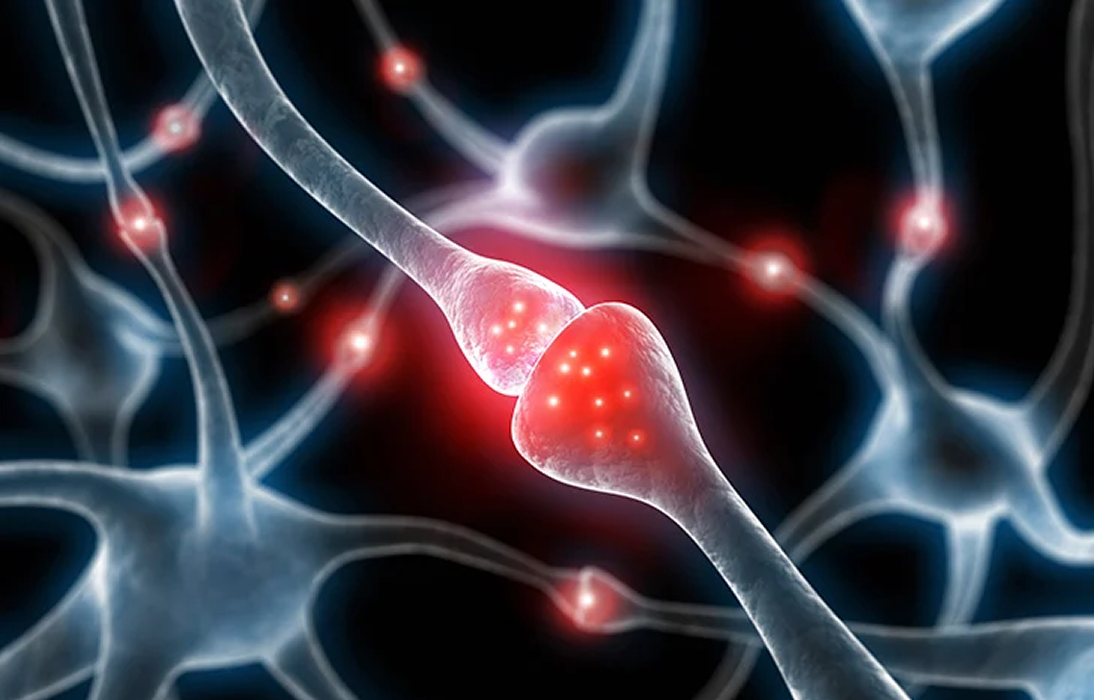Stem Cell Therapy for Specific Conditions
Stem Cell Therapy for Myasthenia Gravis
What is Myasthenia Gravis?
Myasthenia gravis (MG) is characterized by weakness and rapid fatigue of any of the muscles under your voluntary control. It’s caused by a breakdown in the normal communication between nerves and muscles.
There is no cure for myasthenia gravis, but treatment can help relieve signs and symptoms, such as weakness of arm or leg muscles, double vision, drooping eyelids and difficulties with speech, chewing, swallowing and even breathing.
The disease can develop at any age, but it is more common in women younger than 40 and in men older than 60.
Much has been learned about the pathophysiology and immunopathology of myasthenia gravis during the past 20 years. What was once a relatively obscure condition of interest primarily to neurologists is now the best characterized and understood autoimmune disease.
The prevalence of myasthenia gravis in the United States is estimated at 14 to 20 per 100,000 population, approximately 36,000 to 60,000 cases in the United States. However, myasthenia gravis remains underdiagnosed and the prevalence is probably higher.
What Causes Myasthenia Gravis?
The nerves of your body communicate with muscles by releasing neurotransmitters that fit precisely into receptor sites on the muscle cells at the nerve-muscle junction.
In MG, the immune system produces antibodies that block or destroy many of the muscles’ receptor sites for a neurotransmitter called acetylcholine. With fewer receptor sites available, your muscles receive fewer nerve signals, resulting in weakness.
Antibodies can also block the function of a protein called muscle-specific receptor tyrosine kinase, sometimes referred to as MuSK, which is involved in forming the nerve-muscle junction.
In some cases a tumor in the thymus (thymoma) can cause the disease. The thymus is a gland that is part of the immune system situated in the upper chest beneath your breastbone.
What are Common Signs and Symptoms?
Muscle weakness caused by myasthenia gravis worsens as the affected muscle is used. Because symptoms usually improve with rest, muscle weakness can come and go. However, the symptoms tend to progress over time, usually reaching their worst within a few years after the onset of the disease. Some muscles are more commonly affected than others.
In more than half of people who develop MG, their first signs and symptoms involve eye problems, such as doopring of one of both eyelids (ptosis), double vision (diplopia), which may be horizontal or vertical, and improves when one eye is closed.
In about 15% of people with MG, the first symptoms involve face and throat muscles, which can impair speaking, cause difficulty swallowing, affect chewing and change facial expressions.
Current Treatment Options
Various treatments, alone or in combination can relieve symptoms of myasthenia gravis. Examples of medications commonly used are:
- Cholinesterase inhibitors. Medications such as pyridostigmine enhance communication between nerves and muscles.
- Corticosteroids. Such as prednisone inhibits the immune system, limiting antibody production. However, prolonged use of these medications can lead to serious side effects.
- Immunosuppressants. They are used to alter the immune response. Some examples are azathioprine, mycophenolate, cyclosporine, and methotrexate.
- Monoclonal antibodies. Rituximab and eculizumab are intravenous medications used for MG.
Other treatment options include the use of plasmapheresis, which consists in filtering the blood with a machine that removes the antibodies that block transmission of signals. However, effects only last a few weeks.
Thymectomy is performed even when no tumors are present because it might help improve the MG symptoms.
Some patients with MG do not respond to conventional therapies and have severe or life threatening symptoms. Alternate therapies include the use of cellular therapies, such as the use of mesenchymal stem cells.
Stem Cell Therapies and Clinical Studies
A clinical trial published in the journal JAMA Neurology involving 7 cases of severe MG were treated with autologous hematopoietic stem cell transplant.
Autologous hematopoietic stem cell transplant (HSCT) has been used to treat a variety of autoimmune neurologic conditions, including multiple sclerosis, chronic inflammatory demyelinating polyneuropathy, neuromyelitis optica, stiff person syndrome, and others.
The patients median follow-up for 40 months after the transplant of HSCT and all patients were classified as being in complete stable remission by MGFA criteria, indicating the absence of MG symptoms without needing MG-directed therapy.
After 8 months of the transplant, all patients had discontinued immunosuppressive therapies. Six patients had discontinued MG therapy altogether, whereas 1 continued low-dose pyridostigmine therapy for 5 years. Six patients had no further hospitalizations or emergency department visits.
Although the study included a limited quantity of patients, it demonstrated the ability of stem cells to control autoimmunity and for inducing long-term, treatment-free MG control for patients with severe disease that has not responded to other treatments. The role of these types of therapies needs to be further explored because it has promising results for a condition that has no cure.
Sources:
Bryant A, Atkins H, et al. Myasthenia Gravis Treated With Autologous Hematopoietic Stem Cell Transplantation. JAMA Neurol. 2016 Jun 1;73(6):652-8. doi: 10.1001/jamaneurol.2016.0113. PMID: 27043206.
https://www.mayoclinic.org/diseases-conditions/myasthenia-gravis/symptoms-causes/syc-20352036
https://www.nhs.uk/conditions/myasthenia-gravis/
https://myasthenia.org/Professionals/Clinical-Overview-of-MG
Image from :
https://www.tecan.com/blog/diagnosing-monitoring-therapy-myasthenia-gravis

